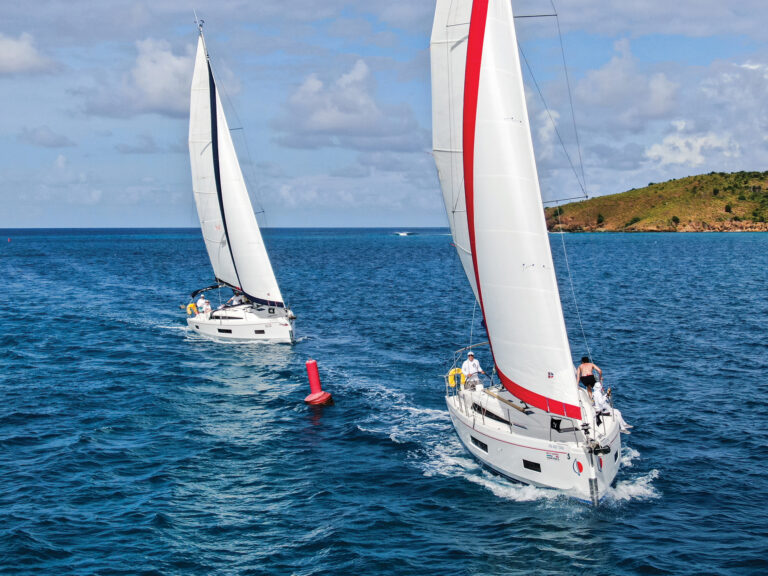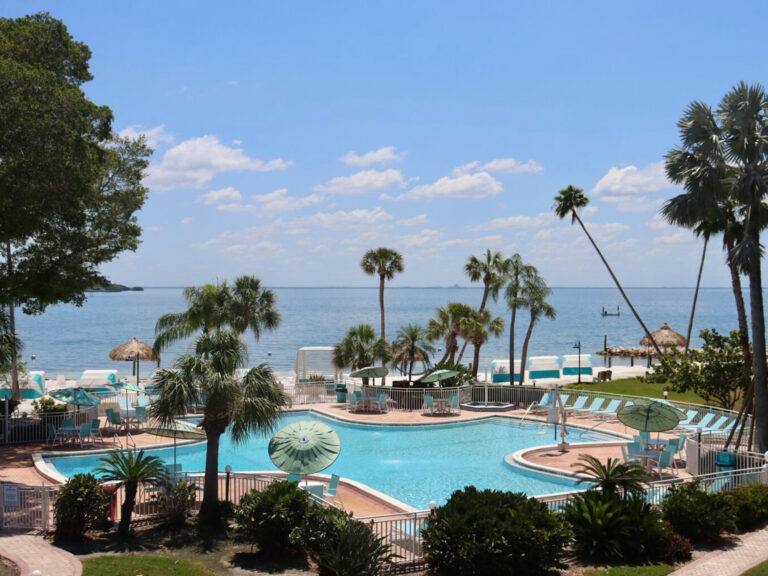
PersonFlyer
While browsing classified boat listings, I happened to find a 1981-vintage Pearson Flyer, designed by Bill Shaw, for sale in Bristol, R.I. Audacious, owned by Hall Spars and Rigging salesman Skip Matos, won its PHRF class at the annual Buzzard’s Bay (Mass.) Regatta in 2004 and 2005. Ever since the Flyer was introduced in 1981, I’ve liked its flush-decked fractional-sloop look, but what I really liked was Matos’ asking price of $16,900, so I dug a little deeper.The Flyer was launched as a one-design racer, but never really took off. As a result, Flyers are scattered all over the United States. We found listings for boats in Texas, Rhode Island, North Carolina, New York, and Massachusetts. The lowest price we found was $9,900, which leaves plenty of room in the $25,000 budget for upgrades and repairs. The Flyer’s uncluttered deck layout works well for a race crew, and the roomy interior (thanks to 11 feet of beam) means the 30-footer can perform double duty as a weekend cruiser. Down below there’s bunk space for four, with two bunks tucked under the cockpit seats, and two settee berths in the main cabin. A small head sits on centerline, just forward of the primary bulkhead, and the foc’sle is wide open and perfect for sail storage and spinnaker douses. The engine is under the companionway ladder, and a small galley and nav station sit to starboard and port, respectively, well away from the companionway, just forward of the settee berths. The sunken 8-foot cockpit is roomy and ergonomically comfortable, and the mainsheet traveler is out from underfoot, mounted immediately aft of the companionway. Halyards and control lines lead aft from the mast to two banks of jammers located on either side of the companionway. The aluminum, two-spreader rig is keel-stepped and carries a slightly overlapping headsail and a tall, high-aspect-ratio main. One of the improvements Matos has made to his Flyer was replacing the aluminum spinnaker pole with a slightly longer carbon-fiber pole. Since he was only penalized one second by his local PHRF committee, it seems like a worthy modification. He also replaced the original single-ended six-to-one wire backstay with a cascading double-ended Spectra backstay.Flyers were built with balsa-cored decks and hulls, and as a result, there can be soft spots if water has penetrated to the core. The owner of Wavelength, Flyer hull No. 129, built in 1981, has an informative, detailed look at core repairs he made to Wavelength’s deck and hull on his website, www.teamwavelength.net. Pearson FlyerLOA 29’1″LWL 25’Beam 11’1″DSPL 6,235 lbs.Draft 5’9″PHRF 144SA/D 21.5Years built 1981-1983Designer Bill Shaw









